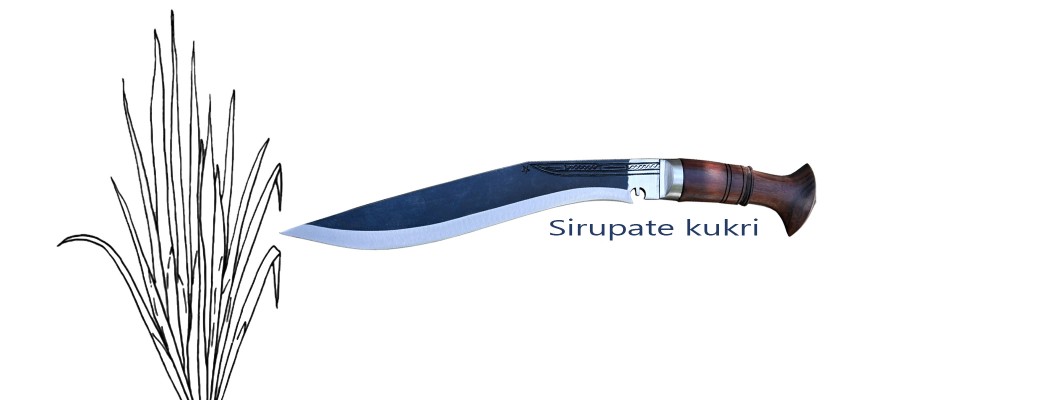
The Sirupate Kukri / Khukuri – A Blade of Elegance and Legacy
The Sirupate Kukri, also spelled Sirupate Khukuri, is one of Nepal’s most iconic and refined blade styles. Unlike the broader and heavier traditional kukris carried by Gurkha soldiers, the Sirupate stands out for its slim, elongated design—offering grace, speed, and versatility in a single, hand-forged blade.
Rooted in the eastern hills of Nepal, particularly the regions of Dhankuta and Bhojpur, this knife is a blend of daily utility and cultural pride. It's cherished for its lightweight build, balanced feel, and elegant profile.
Origins and History of the Sirupate Khukuri
The kukri or khukuri is an ancient Nepalese blade used for centuries in warfare, farming, and everyday life. Its curved form is believed to have historical links to ancient Greek kopis or Indian scimitars. However, it became truly iconic during the Anglo-Nepalese War in the 1800s when the Gurkhas used it in combat.
The Sirupate Khukuri developed as a unique variant from the eastern part of Nepal. The name “Sirupate” is derived from the Siru grass, known for its long, narrow blade-like leaves. Much like its namesake, the Sirupate kukri is slim and streamlined. Unlike heavier military kukris, it was made for agility and precision, often used in daily agricultural work, wood chopping, and ceremonial practices. Over time, it gained national popularity for its beauty and functionality.
Design and Features of the Sirupate Kukri / Khukuri
The Sirupate kukri features a long, narrow blade with a shallow curve. This profile offers less resistance during a swing and makes the knife faster and more responsive in hand. Blade lengths typically range between 12 to 22 inches, with a weight lighter than standard kukris. The steel used is high-carbon, differentially hardened to keep the edge sharp and the spine tough for durability.
Handles are traditionally made of rosewood or buffalo horn, though modern versions may include micarta or antler. The tang can be either rat-tail or full tang depending on the application. A traditional wooden scabbard covered in leather or fabric protects the blade and is usually fitted with a belt loop for easy carrying in the field.
Practical Uses of the Sirupate Khukuri
Despite its sleek profile, the Sirupate kukri is a powerful and versatile tool. It is commonly used for chopping small firewood, clearing brush and vegetation, cutting animal feed, and performing various farming tasks. For outdoor enthusiasts, it serves as a reliable bushcraft and survival tool. It’s also commonly used in household work and meat preparation.
Because of its lighter weight and refined balance, the Sirupate Khukuri is favored for long hours of field work and trekking. It is effective without being fatiguing, making it one of the most practical blade styles from Nepal.
Cultural and Symbolic Value
In Nepalese tradition, the khukuri is not just a tool—it symbolizes strength, honor, and cultural identity. The Sirupate kukri, in particular, holds strong ties to Eastern Nepalese culture. It is often gifted during festivals like Dashain and used in religious ceremonies. It also serves as a symbol of social status in many rural areas.
The blacksmiths who forge Sirupate khukuris are regarded with respect for preserving this ancient craft. The knowledge is passed down through generations, with each blade reflecting the personal touch of the maker.
Why Choose a Hand-Forged Sirupate Kukri
A hand-forged Sirupate kukri or khukuri offers unmatched authenticity, quality, and performance. Unlike factory-made blades, each hand-crafted kukri is shaped with skill and care. The forging, tempering, and finishing process ensures a blade that performs exceptionally in the field and carries a story from the craftsman who made it.
At Everest Forge, our Sirupate kukris are hand-forged in Nepal using traditional techniques. Whether you're a collector, adventurer, or someone looking for a dependable and elegant utility blade, the Sirupate Kukri from Everest Forge is a perfect choice.
Final Thoughts
The Sirupate Kukri or Khukuri is more than just a blade. It’s a living representation of Nepal’s heritage, craftsmanship, and culture. With its elegant form and powerful functionality, it remains one of the finest kukris ever made—treasured both at home and around the world.


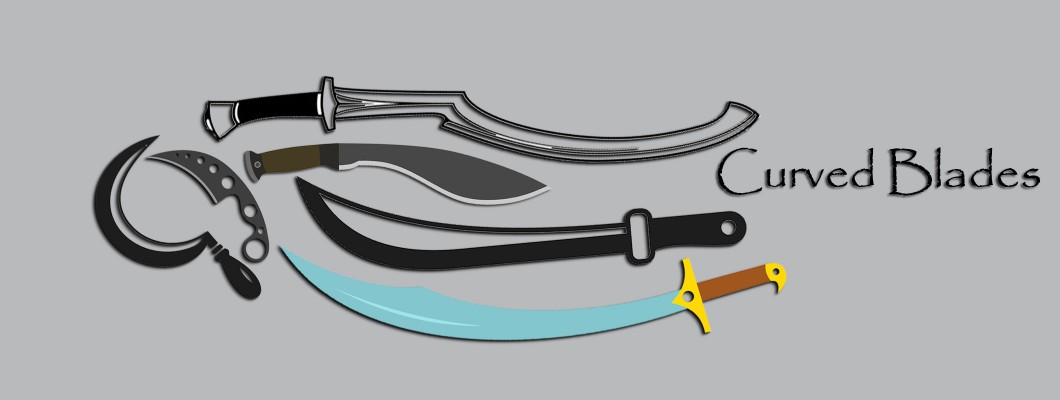
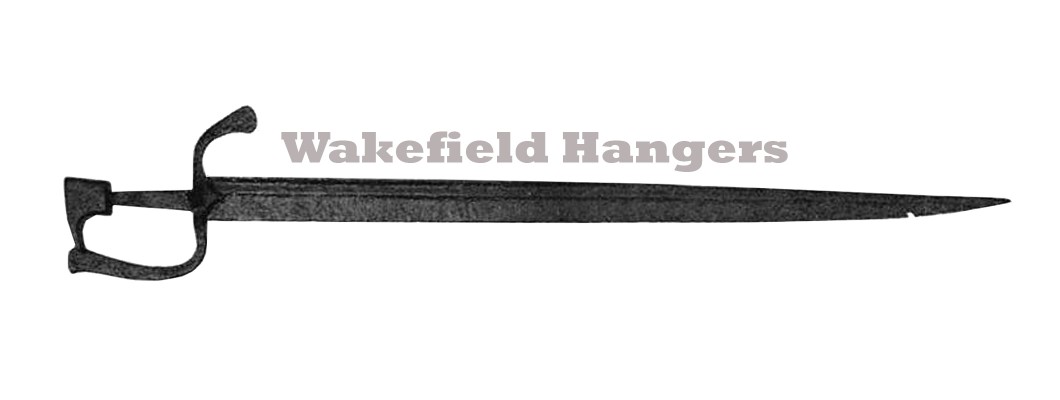
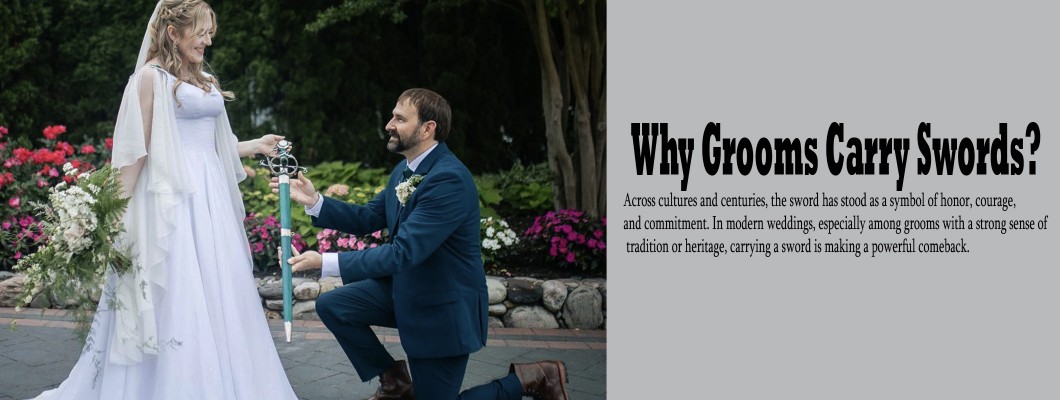
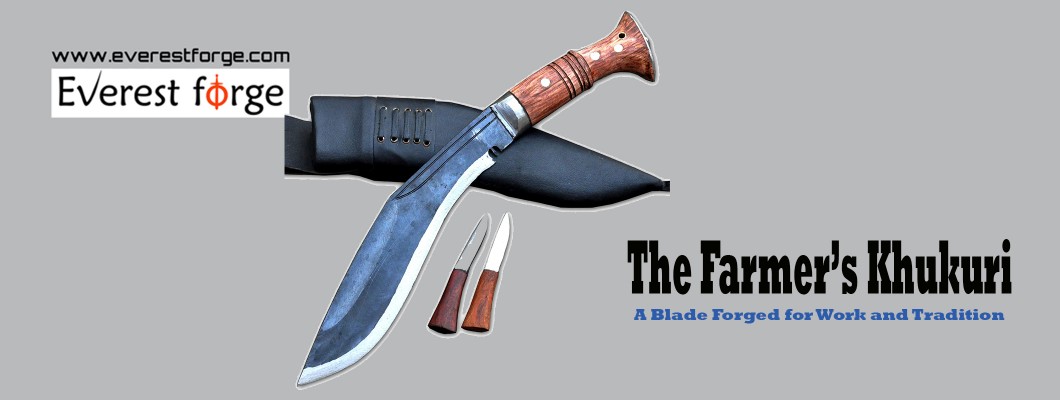
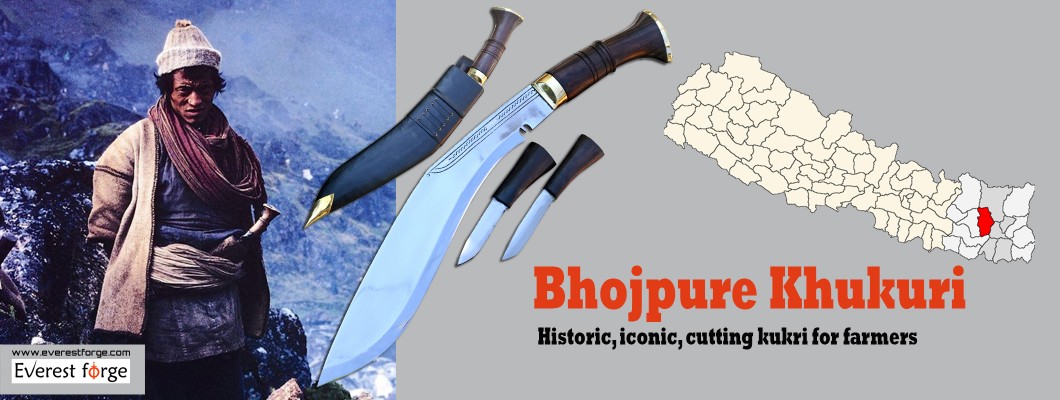
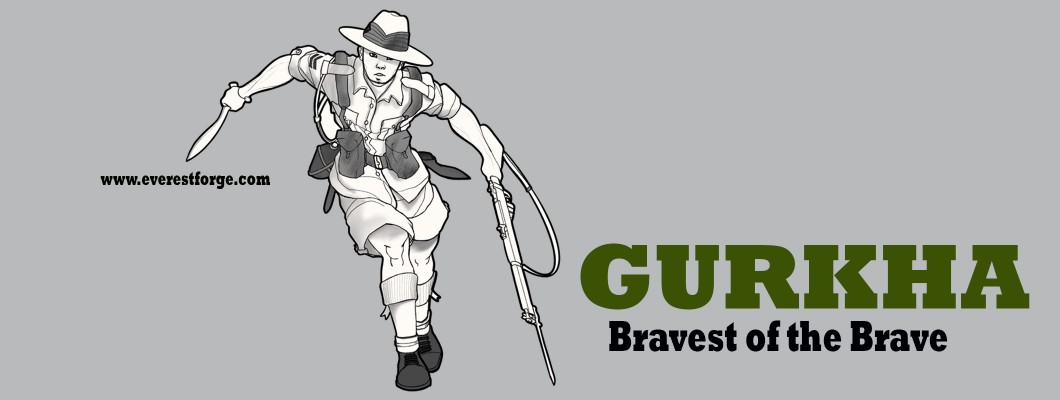
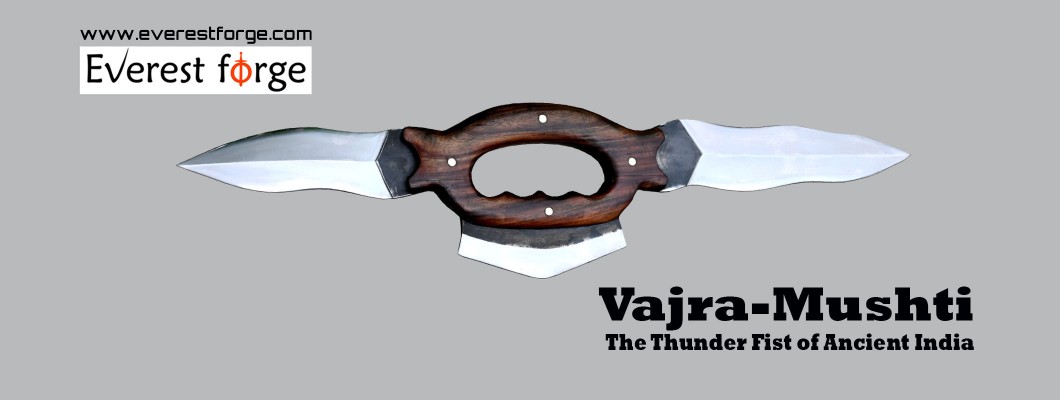
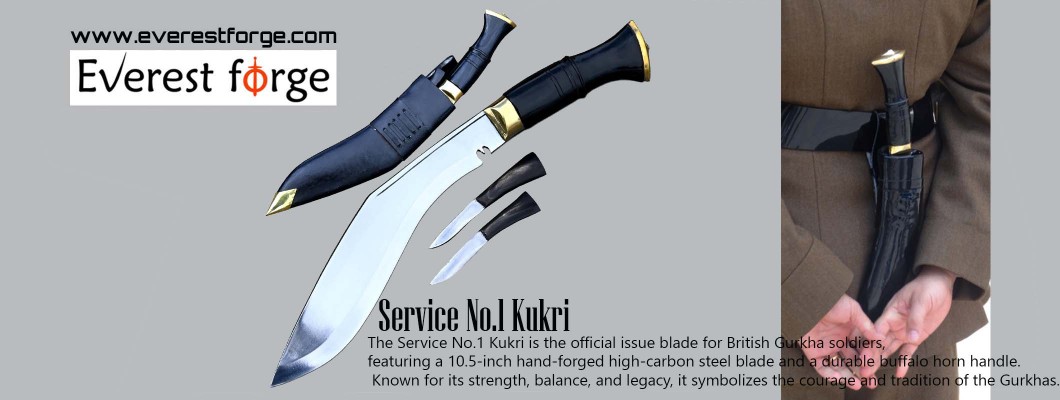
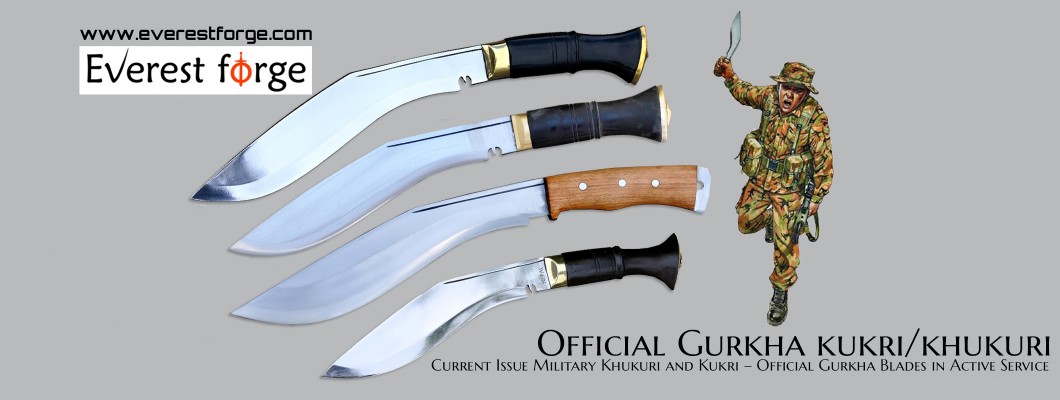
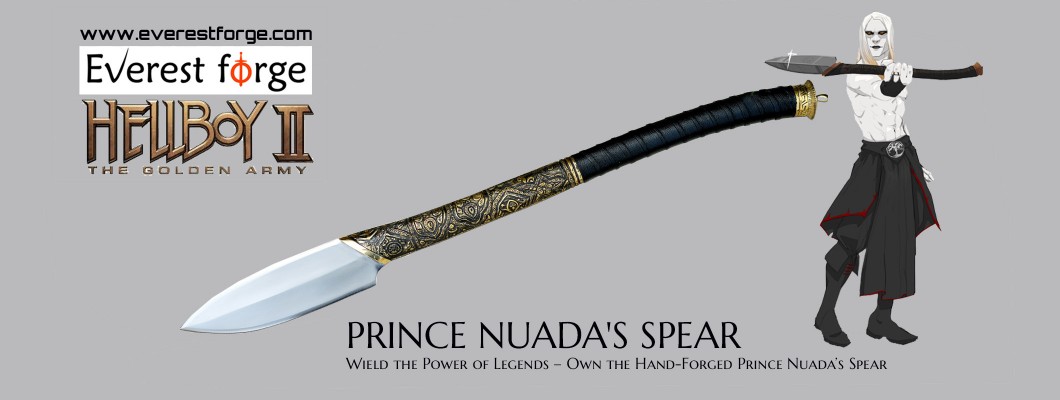

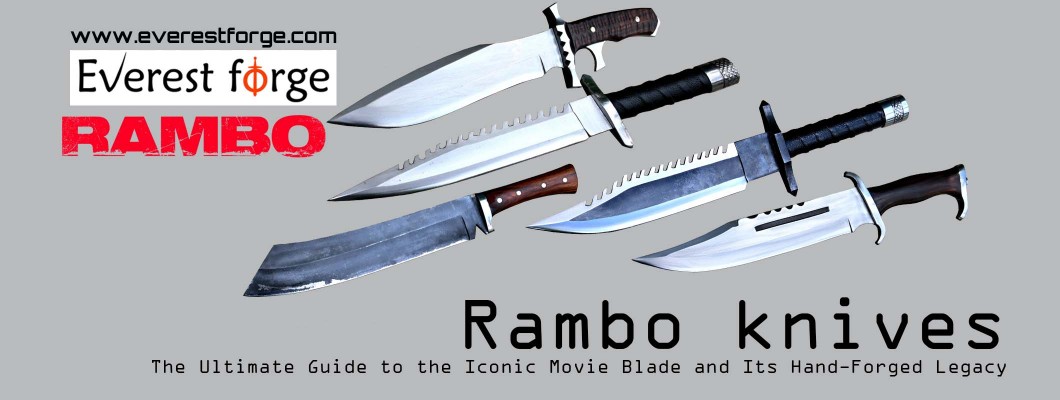





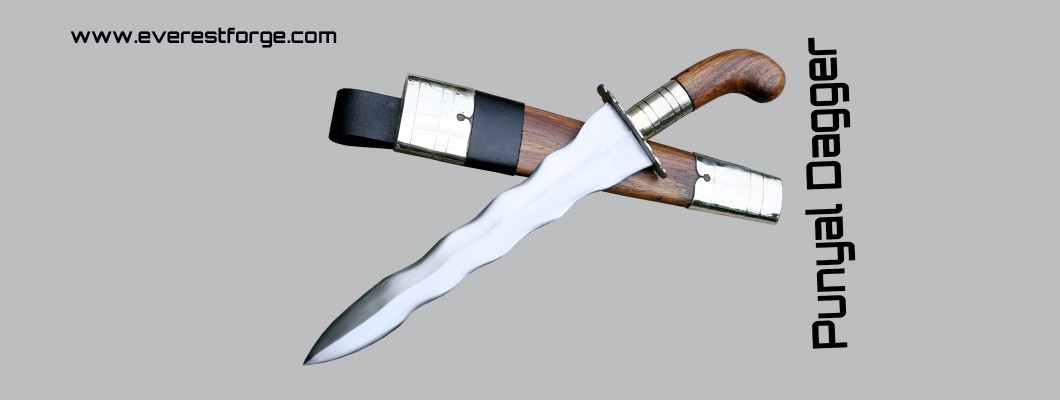
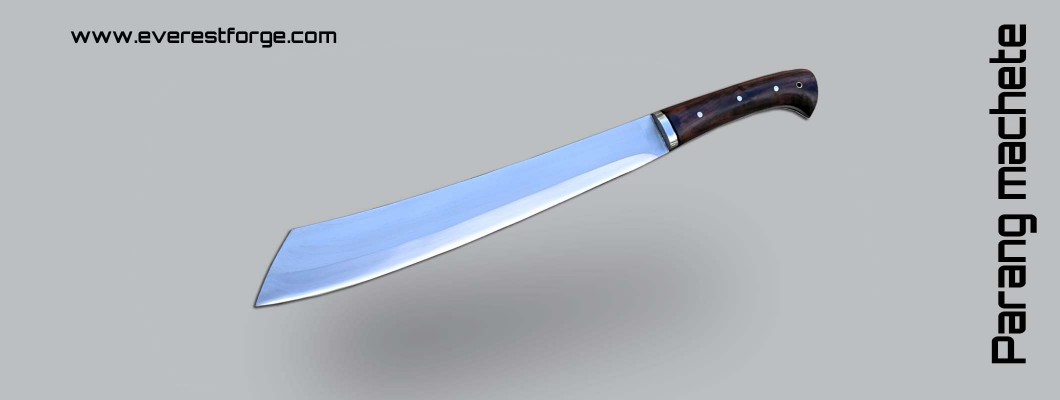
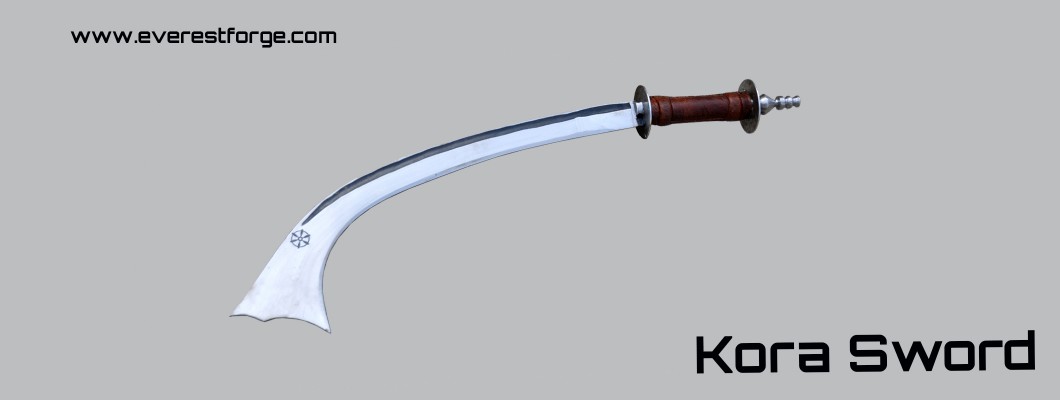
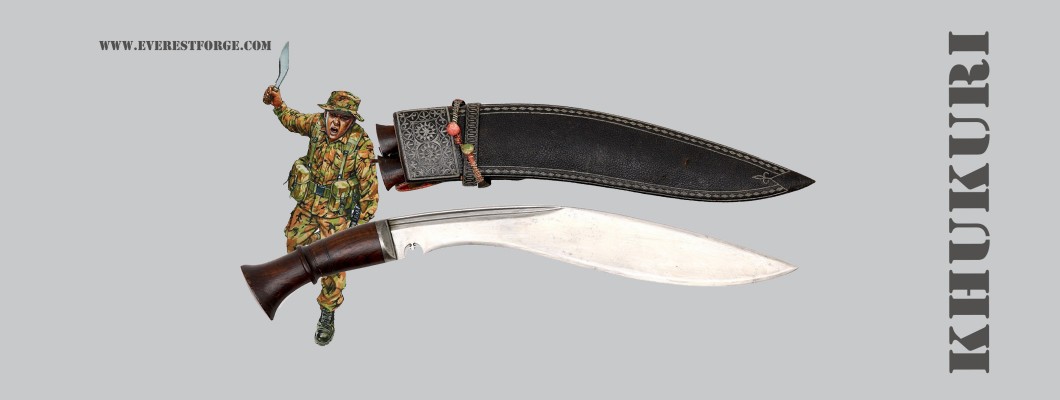
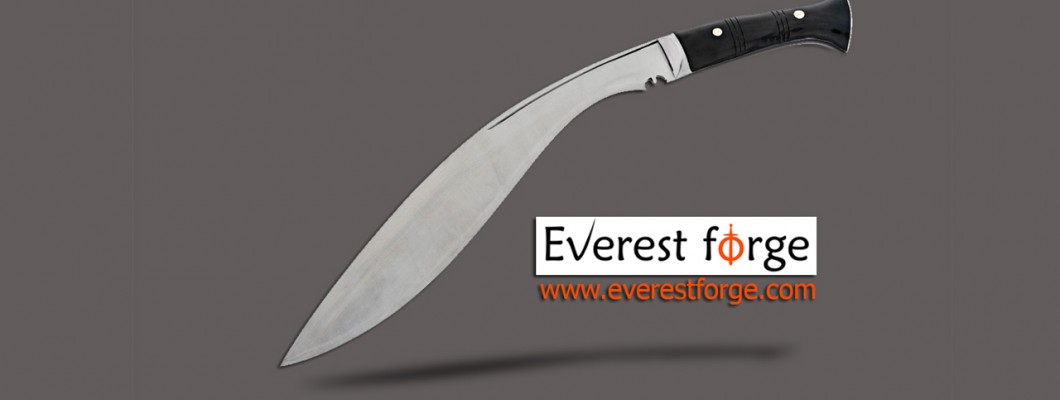
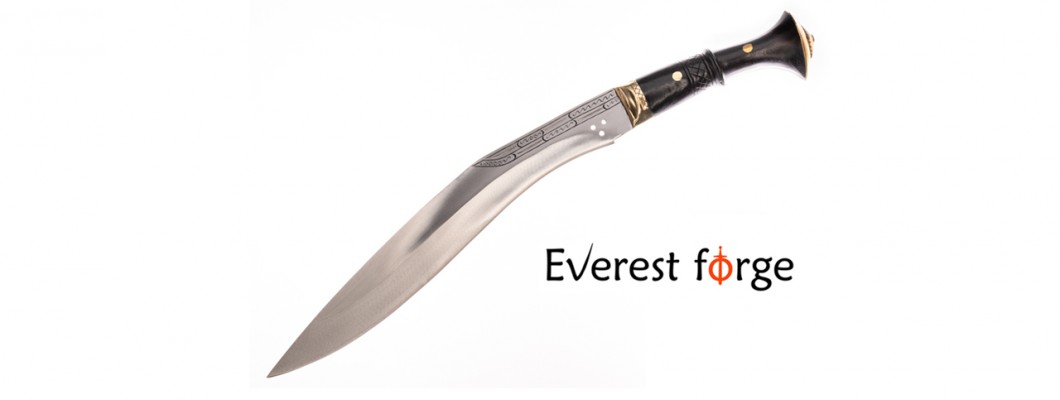
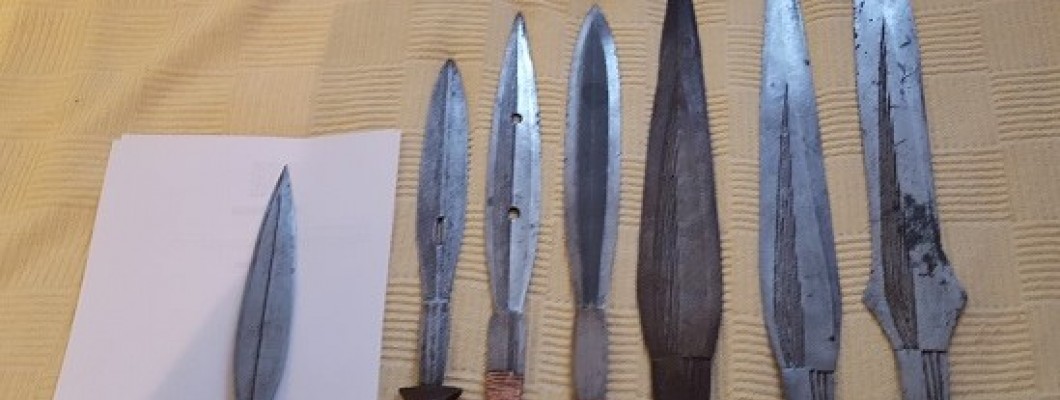

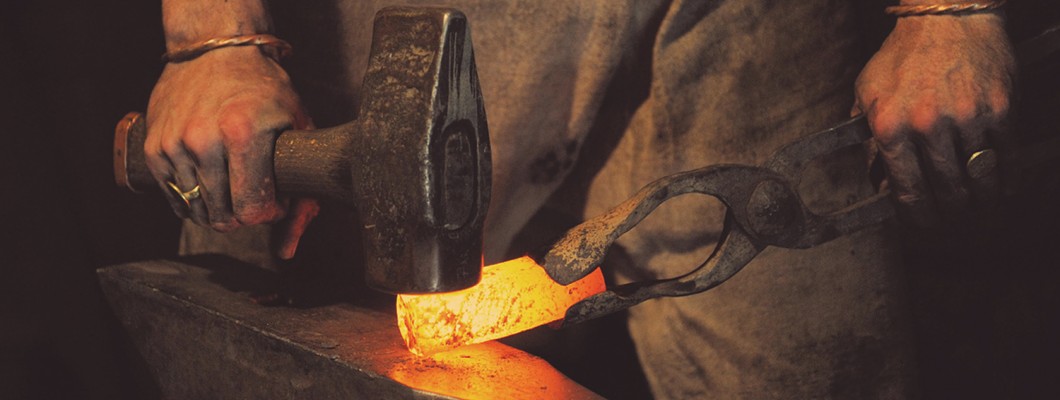
Leave a Comment